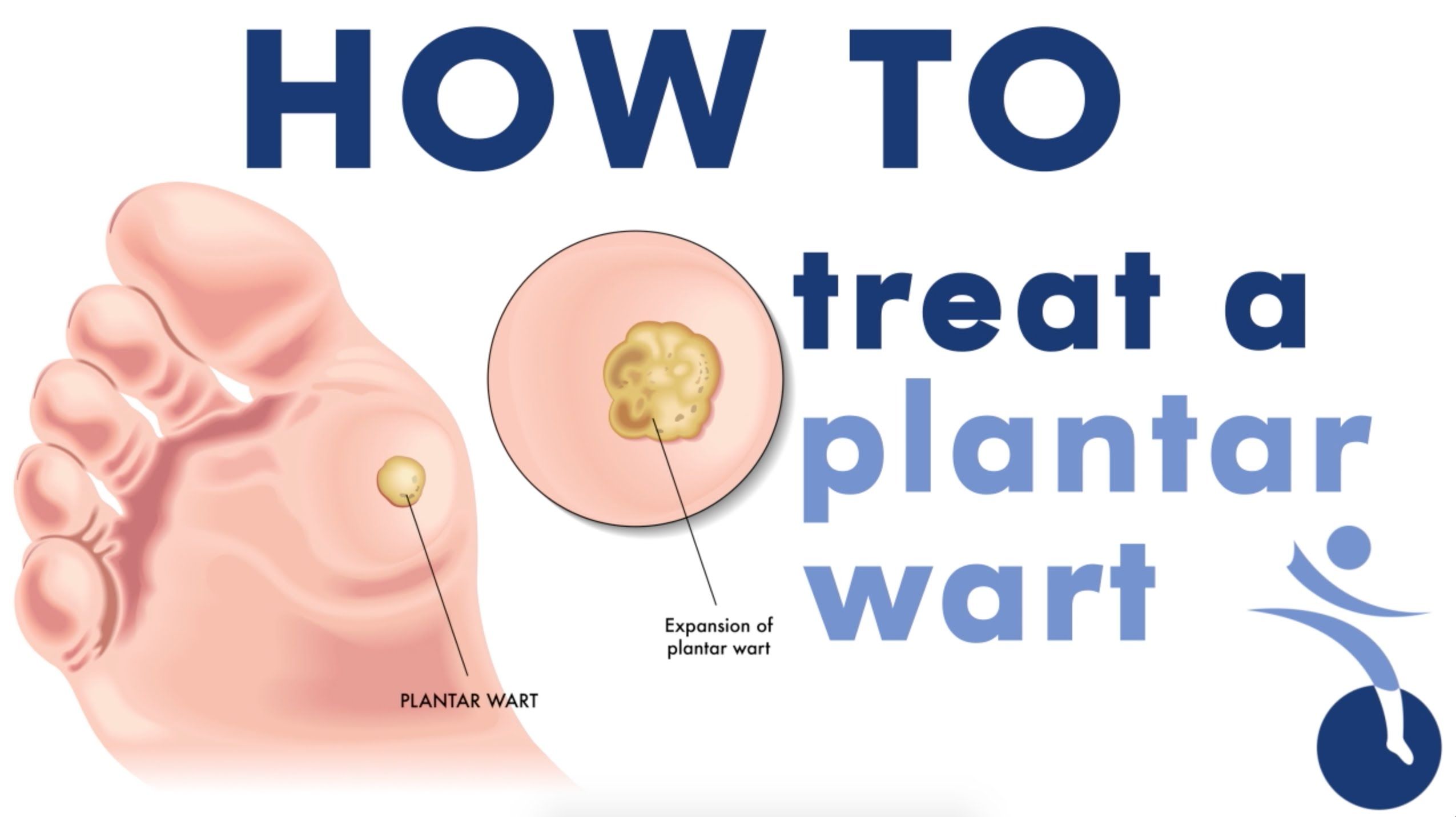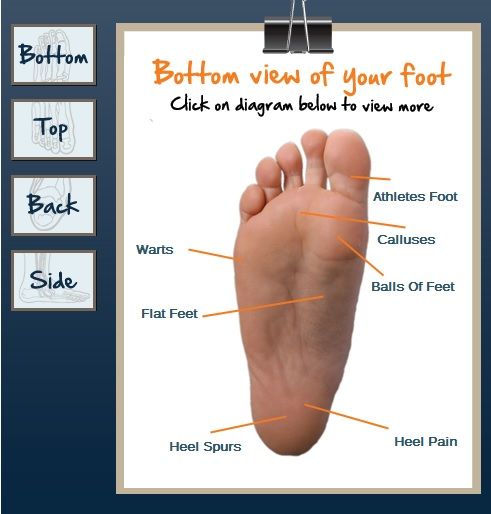What type of wart is on my foot. Plantar Warts on Feet: Symptoms, Causes, and Treatment Options
What are plantar warts. How do plantar warts differ from other types of warts. What causes plantar warts. How can plantar warts be treated. Are plantar warts contagious. Can plantar warts go away on their own. When should you see a doctor for plantar warts.
Understanding Plantar Warts: A Common Foot Condition
Plantar warts are a type of wart that specifically develops on the soles of the feet. Unlike other warts that grow outward, plantar warts grow inward due to the pressure of walking and standing. These warts are caused by the human papillomavirus (HPV) and can be both uncomfortable and contagious.
There are two main types of plantar warts:
- Myrmecial-type plantar warts: Caused by HPV type 1, these warts grow deep into the skin and can be quite painful.
- Mosaic-type plantar warts: Caused by HPV type 2, these warts appear in clusters on the surface of the skin and are generally less painful.
Identifying Plantar Warts: Signs and Symptoms
Recognizing plantar warts is crucial for proper treatment. Here are the key signs and symptoms to look out for:
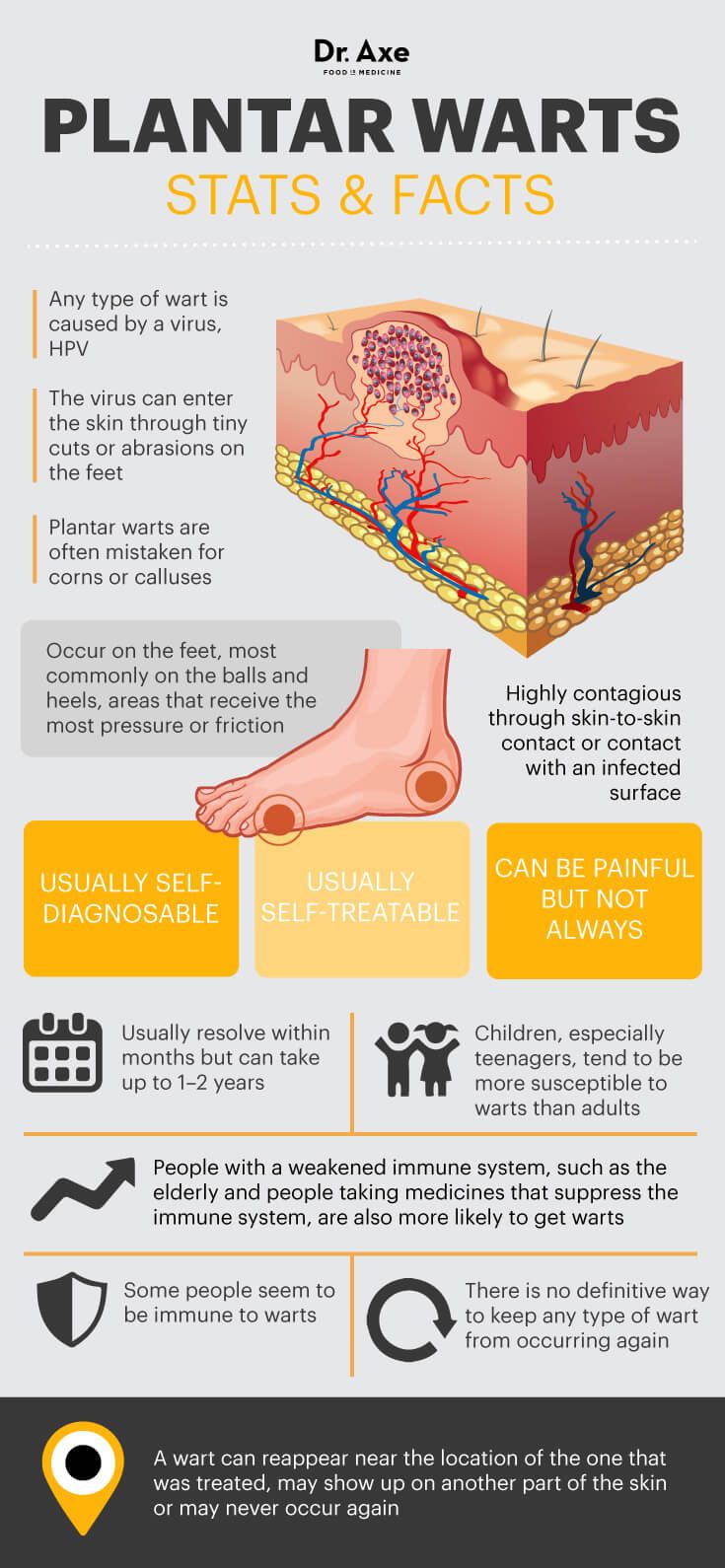
- A small hole in the bottom of your foot surrounded by hardened skin
- Pain or discomfort when walking, similar to stepping on a pebble
- Yellowish, callus-like skin
- Black dots, which are actually small, clotted blood vessels
- For mosaic-type warts, multiple small warts in a cluster
Do plantar warts always cause pain? Not necessarily. While myrmecial-type plantar warts can be quite painful, especially with direct pressure, mosaic-type plantar warts may cause less discomfort. However, both types can make walking uncomfortable.
The Viral Culprit: Understanding HPV and Warts
Human papillomavirus (HPV) is the root cause of all warts, including plantar warts. There are over 100 types of HPV, with different strains causing warts in various parts of the body. HPV types 1 and 2 are primarily responsible for plantar warts.
How does HPV lead to plantar warts? The virus enters the body through tiny cuts or breaks in the skin on the bottom of the feet. Once inside, it causes rapid growth of cells on the outer layer of skin, resulting in the formation of a wart.
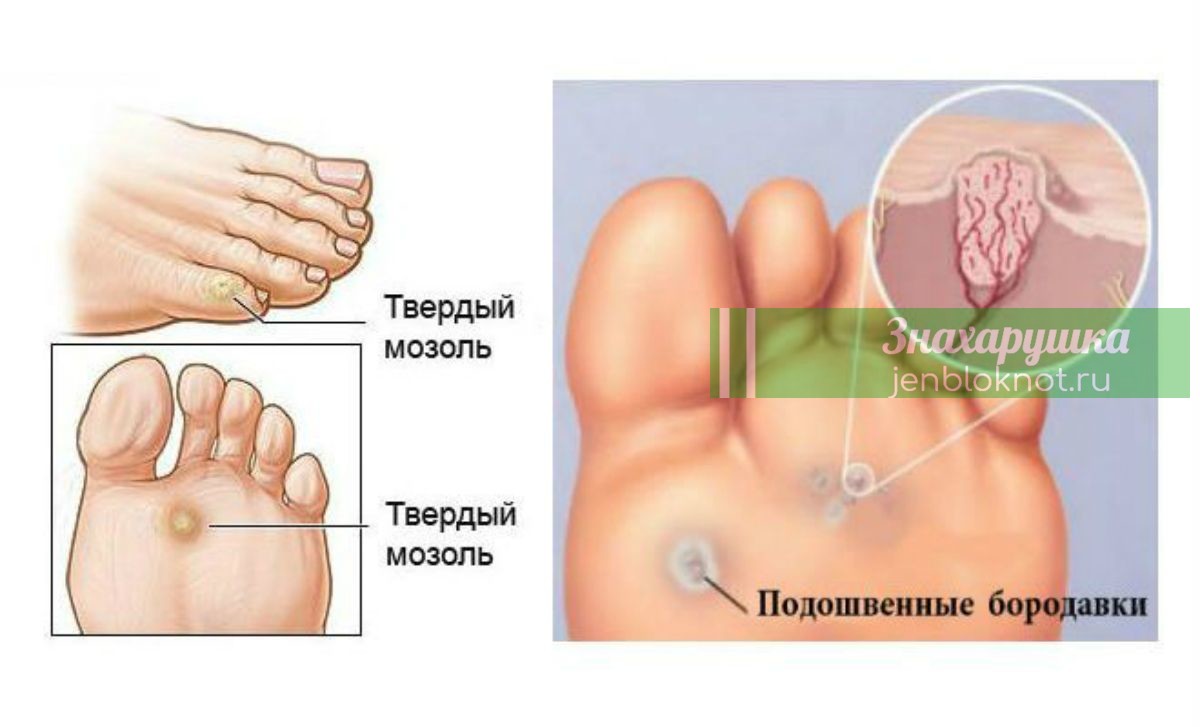
Transmission and Risk Factors
Are plantar warts contagious? Yes, plantar warts can spread through direct contact. You may be at higher risk of developing plantar warts if you:
- Walk barefoot in public areas like locker rooms or swimming pools
- Have a weakened immune system
- Have had plantar warts before
- Have cuts or scrapes on the soles of your feet
Distinguishing Plantar Warts from Other Types of Warts
While plantar warts have their unique characteristics, it’s important to understand how they differ from other types of warts. This knowledge can help in proper identification and treatment.
Common Warts
Common warts typically appear on the hands, fingers, and knees. Unlike plantar warts, they grow outward and have a rough, grainy appearance with a rounded top. They’re often grayer than the surrounding skin and can range from 1mm to over 1cm in size.
Flat Warts
Also known as juvenile warts, flat warts usually grow on the face, thighs, or arms. They’re small, smooth, and flat-topped, often appearing in groups of 20 to 200. Unlike plantar warts, they’re not typically painful.

Filiform Warts
These warts grow around the mouth, nose, or on the neck. They’re small and shaped like tiny flaps or tags of skin, projecting outward in thin, finger-like strands. Unlike plantar warts, filiform warts are usually painless unless they occur in sensitive areas.
Periungual Warts
These warts grow under and around the toenails and fingernails. They can be painful and affect nail growth, starting small but potentially growing larger. Unlike plantar warts, they don’t typically grow inward.
Treatment Options for Plantar Warts: From Home Remedies to Medical Interventions
Treating plantar warts can be challenging, but several options are available. The choice of treatment often depends on the severity of the wart and individual preferences.
Home Remedies
Can plantar warts be treated at home? While professional treatment is often recommended, some home remedies may help:
- Over-the-counter salicylic acid treatments
- Duct tape occlusion therapy
- Apple cider vinegar soaks
- Tea tree oil application
It’s important to note that while these home remedies may work for some people, they’re not scientifically proven and may take weeks or months to show results.
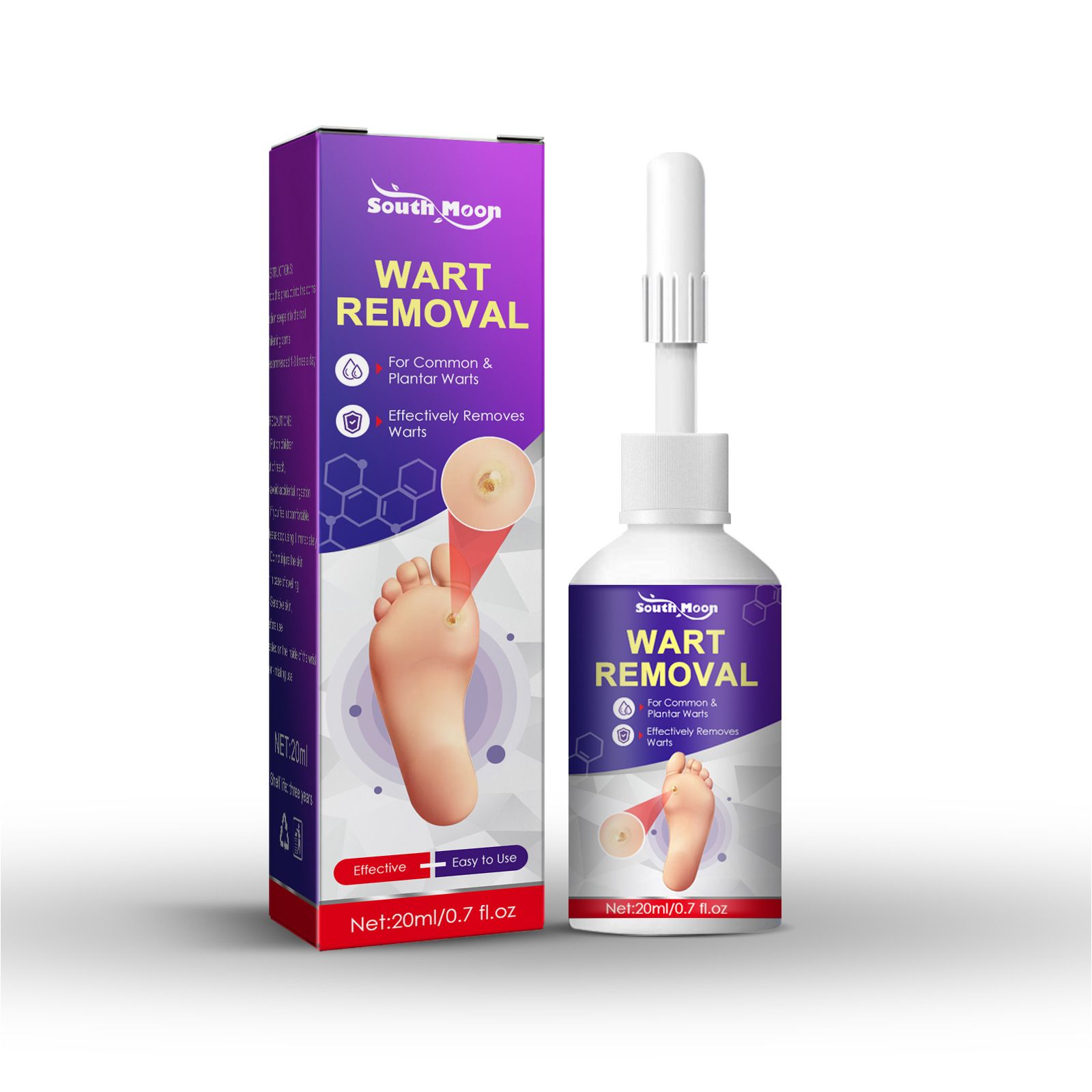
Medical Treatments
For more stubborn or painful plantar warts, medical interventions may be necessary:
- Cryotherapy (freezing the wart)
- Electrocautery (burning the wart)
- Laser treatment
- Surgical excision
- Immunotherapy
- Prescription-strength medications
How effective are these treatments? The effectiveness can vary depending on the individual and the specific wart. Some warts may require multiple treatments or a combination of therapies for complete removal.
Prevention: Keeping Plantar Warts at Bay
While it’s not always possible to prevent plantar warts, there are steps you can take to reduce your risk:
- Wear shoes or sandals in public areas like locker rooms and swimming pools
- Keep your feet clean and dry
- Don’t share shoes or socks with others
- Avoid touching or scratching warts on yourself or others
- Maintain a strong immune system through a healthy lifestyle
Is it possible to build immunity to HPV? While your immune system can sometimes fight off the virus on its own, there’s no guaranteed way to build immunity to all types of HPV that cause warts.

When to Seek Medical Attention for Plantar Warts
While many plantar warts will eventually go away on their own, there are situations where medical attention is advisable:
- The wart is painful or interferes with your daily activities
- Home treatments haven’t been effective after several weeks
- The wart is spreading or multiplying
- You have diabetes or a weakened immune system
- You’re unsure if the growth is actually a wart
How long does it take for plantar warts to go away? The duration can vary greatly. Some warts may disappear within a few months, while others can persist for years. Seeking timely medical attention can help speed up the resolution and prevent complications.
Potential Complications
If left untreated, plantar warts can lead to:
- Increased pain and discomfort
- Spread to other areas of the foot or to other people
- Changes in your natural gait, potentially leading to muscle or joint problems
The Psychological Impact of Plantar Warts
While plantar warts are generally not serious from a medical standpoint, they can have significant psychological effects. Some individuals may experience:

- Embarrassment or self-consciousness about the appearance of their feet
- Frustration with persistent or recurrent warts
- Anxiety about potential transmission to others
- Decreased quality of life due to pain or limitations in activities
How can you cope with the psychological impact of plantar warts? It’s important to remember that warts are a common condition and nothing to be ashamed of. Seeking treatment, practicing good foot hygiene, and focusing on overall health can help manage both the physical and emotional aspects of dealing with plantar warts.
Myths and Misconceptions About Plantar Warts
There are several myths surrounding plantar warts that can lead to misunderstandings about their nature and treatment:
Myth: Plantar warts have roots that grow deep into the foot
Reality: Plantar warts do not have roots. The black dots often seen in these warts are actually small, clotted blood vessels.
Myth: Cutting a wart will make it spread
Reality: While cutting a wart is not recommended and can lead to infection, it doesn’t directly cause the wart to spread. However, the virus can spread through contact with the cut area.
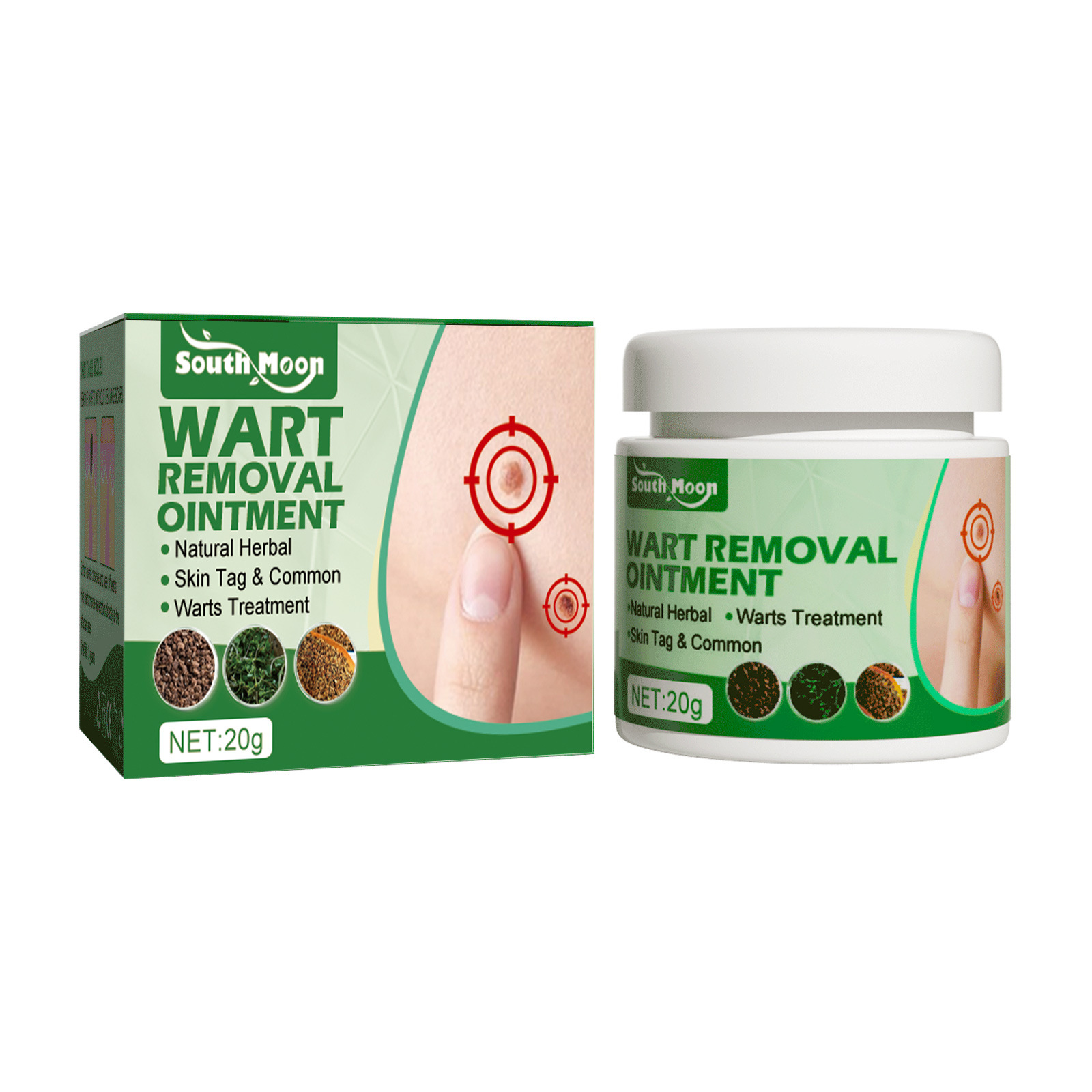
Myth: Plantar warts are caused by frogs or toads
Reality: This is a common misconception. Plantar warts are caused by HPV, not by contact with amphibians.
Myth: All warts will eventually turn into cancer
Reality: Most warts, including plantar warts, are benign and do not turn into cancer. However, certain types of HPV associated with genital warts can increase the risk of cervical cancer.
Understanding these myths can help individuals make more informed decisions about their foot health and seek appropriate treatment when needed.
Future Directions in Plantar Wart Research and Treatment
As medical science advances, new approaches to understanding and treating plantar warts are emerging:
Immunotherapy Advancements
Researchers are exploring new immunotherapy techniques to stimulate the body’s immune response against HPV. These treatments aim to not only remove existing warts but also prevent recurrence.
Targeted Antiviral Therapies
Scientists are working on developing antiviral medications that specifically target the types of HPV responsible for plantar warts. These could provide more effective and less invasive treatment options in the future.
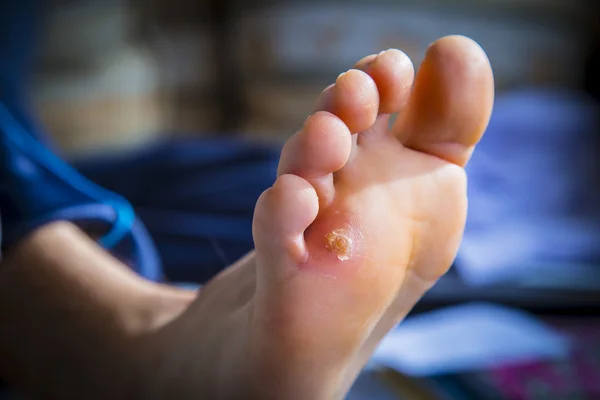
Improved Diagnostic Tools
Advanced imaging techniques and molecular diagnostics are being developed to more accurately identify and characterize plantar warts, potentially leading to more personalized treatment approaches.
Vaccine Development
While HPV vaccines currently focus on preventing cervical cancer, researchers are exploring the possibility of developing vaccines that could prevent a wider range of HPV-related conditions, including plantar warts.
What does the future hold for plantar wart treatment? While it’s difficult to predict with certainty, these areas of research offer hope for more effective, less painful, and potentially preventative treatments in the years to come.
In conclusion, plantar warts, while often benign, can be a source of discomfort and concern for many individuals. By understanding their causes, symptoms, and available treatments, you can take proactive steps to manage this common foot condition. Remember, if you’re dealing with persistent or painful plantar warts, don’t hesitate to seek professional medical advice. With proper care and attention, you can step confidently towards healthier, wart-free feet.
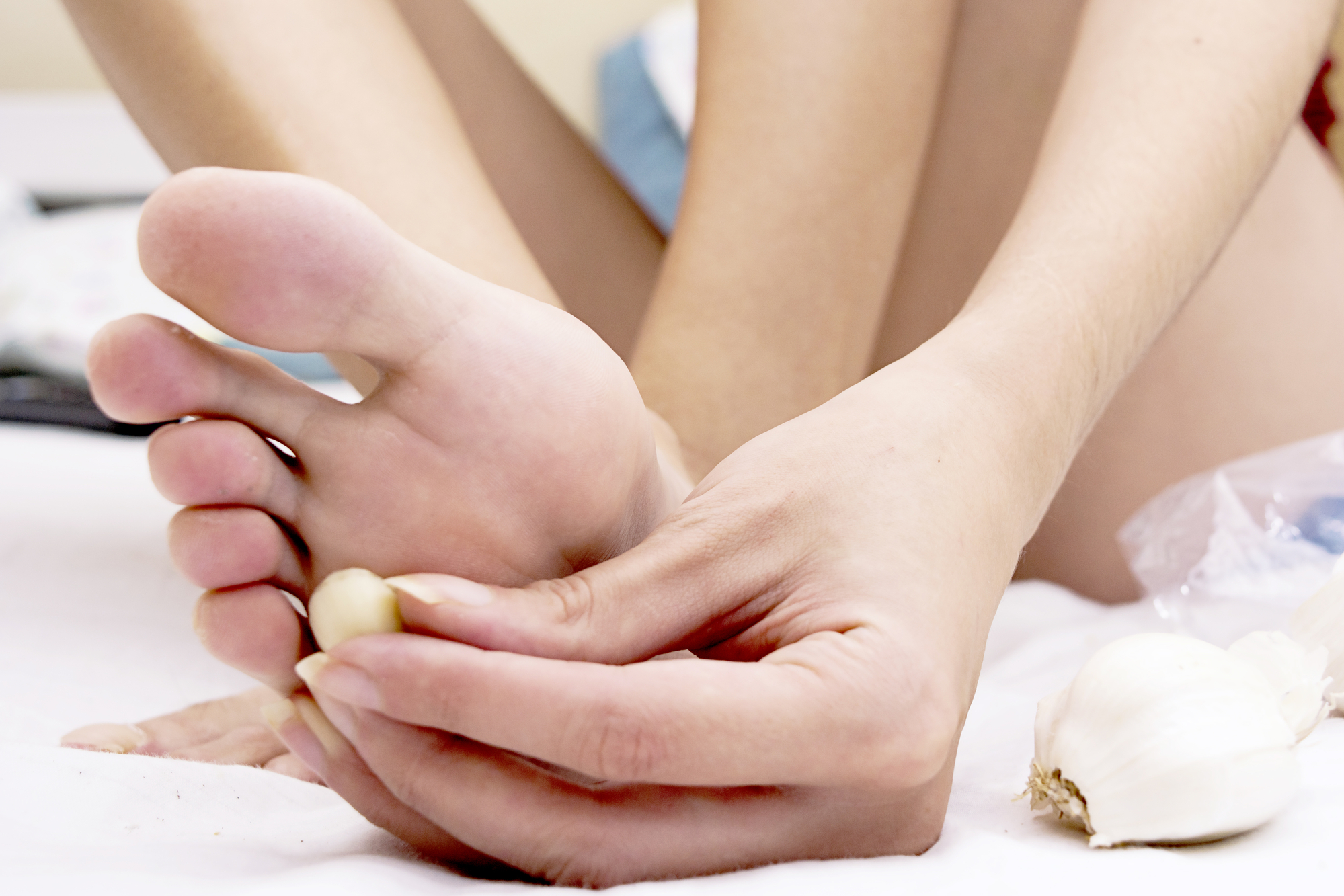
Types, Images, Treatment, and More
Warts are raised bumps on your skin caused by the human papillomavirus (HPV). They can be uncomfortable, contagious, and painful. There are home remedies, or you can see a medical professional for treatment.
Warts have plagued humans for thousands of years — they have been discovered on a 3,000-year-old mummy and were mentioned by Shakespeare.
There are five major types of warts. Each type appears on a different part of the body and has a distinct appearance.
Common warts
Share on PinterestCommon warts can develop on the palm of the hand. Goldsithney/Shutterstock
Common wartsusually grow on the backs of your fingers and toes and on the knees. But they can appear elsewhere.
They can have a rough, thick, grainy appearance and a rounded top. They may appear cauliflower-like. Common warts are often grayer than the surrounding skin.
They can range in size from 1 millimeter (mm) to 1 centimeter (cm) or larger, and can occur alone or in groups.
These warts are usually not serious or painful and can go away on their own.
Signs and symptoms of common warts can include:
- small bumps that can be hard, rough, and grainy
- flesh-colored bumps with small black spots of clotted blood vessels
- ability to spread to other areas through direct contact
Plantar warts
Share on PinterestPlantar warts occur on the sole of the foot. Dermatology11/Shuttertsock
Plantar warts grow on the soles of the feet. Unlike other warts, plantar warts grow into your skin, not out of it.
You can tell you have a plantar wart if you notice what appears to be a small hole in the bottom of your foot that is surrounded by hardened skin. Plantar warts can make walking uncomfortable.
There are two types of plantar warts that can appear on the sole of the foot.
Myrmecial-type plantar warts
These warts are caused by HPV type 1. Signs and symptoms can include:
- deep, tender warts that grow inward due to standing or walking
- pain with direct pressure
- can feel like you are stepping on pebbles
- yellowish skin that appears callus-like
- can have black dots
Mosaic-type plantar warts
These warts are caused by HPV type 2.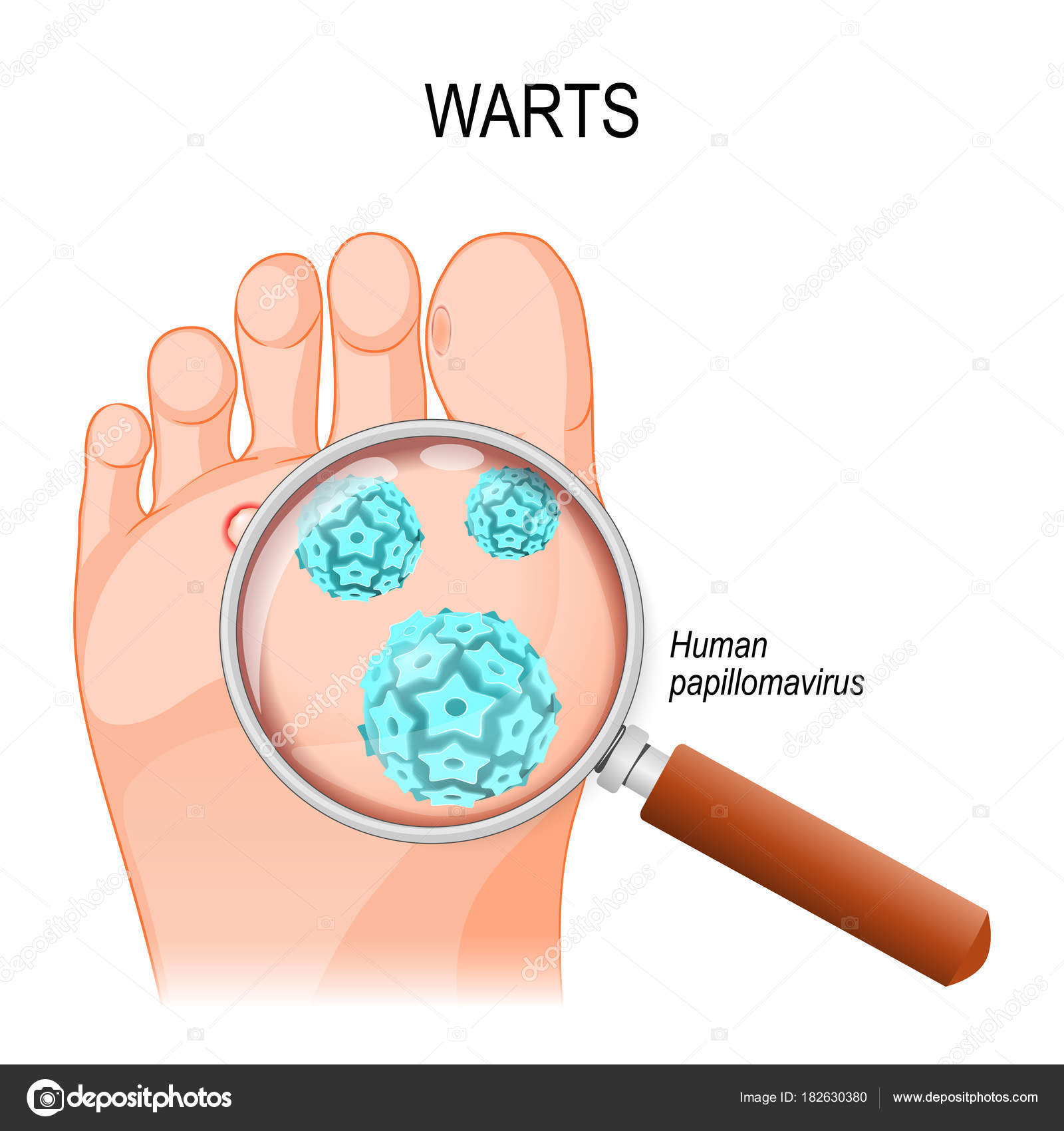 Signs and symptoms can include:
Signs and symptoms can include:
- small surface-level warts
- a mosaic pattern of multiple warts appearing in clusters
- less painful than myrmecial-type plantar warts
Flat warts
Share on PinterestFlat warts can develop on fingers. Ajazqureshi221/Shutterstock
Flat warts, also known as juvenile warts, usually grow on the face, thighs, or arms. They are often caused by HPV types 3, 10, and 28.
They are small and not immediately noticeable. Flat warts have a flat top, as if they’ve been scraped. They can be flesh-colored, pink, brownish, or slightly yellow. They often grow in large groups of 20 to 200.
Flat warts are not typically painful and tend to appear in areas where there is a cut or break in your skin, such as from shaving your face or legs. They are also common in children and can be spread through direct contact.
Signs and symptoms of flat warts can include:
- small flat, round, or oval marks on the skin
- flesh-colored marks
- usually not painful
Filiform warts
Share on PinterestFiliform warts can occur on the eyelid. Image credit: Schweintechnik, 2008.
Image credit: Schweintechnik, 2008.
Filiform warts grow around your mouth or nose and sometimes on your neck or under your chin. They are contagious and can also spread to other parts of your body.
Filiform warts are small and shaped like a tiny flap or tag of skin. They can project off of your skin in thin, finger-like strands.
Filiform warts are the same color as your skin. They are typically painless unless they occur in a sensitive area like a fold in your skin.
Signs and symptoms of filiform warts can include:
- small growth that extends off of the skin
- flesh-colored flap
- quick growth
- usually not painful
Periungual warts
Share on PinterestPeriungual warts occur around the fingernails or toenails. Image credit: Med Oral Patol Oral Cir Bucal, 2019.
Periungual warts grow under and around the toenails and fingernails. They can be painful and affect nail growth.
They start small — about the size of a pinprick — but can grow larger and spread to other areas through direct contact.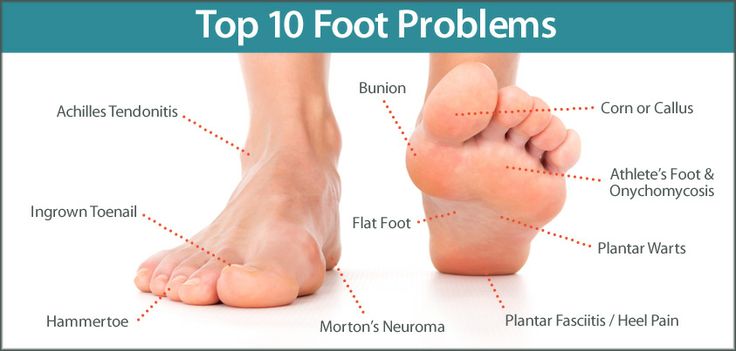 They may be rough to the touch and have a cauliflower-like appearance.
They may be rough to the touch and have a cauliflower-like appearance.
Signs and symptoms of periungual warts can include:
- rough growth around or under the nail
- painful when size increases
- split skin around nail
- appearance of nail and cuticle may be affected
Important information about genital warts
There are more than 100 types of HPV, the virus that causes warts. Almost all types of HPV cause relatively harmless warts that appear on your hands or feet.
However, there are a few strains of HPV that cause warts on, in, and around your genitals. These warts are called “genital warts.” If you have a cervix, genital warts can eventually lead to cervical cancer, a potentially fatal disease.
If you think you have genital warts or think you have been exposed to them, you should see a doctor right away.
Was this helpful?
You should see a doctor if:
- You have warts on your face or another sensitive part of your body (e.
 g., genitals, mouth, nostrils).
g., genitals, mouth, nostrils). - You notice bleeding or signs of infection, such as pus or scabbing, around a wart.
- The wart is painful.
- The color of the wart changes.
- You have warts and diabetes or an immune deficiency, such as HIV or AIDS.
If you need help finding a primary care doctor, then check out our FindCare tool here.
At-home treatment
Although warts usually go away on their own, they may be embarrassing or uncomfortable, so you may want to try treating them at home. Many warts respond well to treatments available at the drugstore.
Some things to remember include:
- You can spread warts to other parts of your body, and they are contagious to others. If a treatment requires that you rub the wart with a fingernail file or a pumice stone, don’t use that tool on any other part of your body, and don’t allow anyone else to use it.
- Don’t try to treat warts on your feet if you have diabetes. See your doctor.
 Diabetes can cause loss of sensation in your feet, so you can easily injure yourself without realizing it.
Diabetes can cause loss of sensation in your feet, so you can easily injure yourself without realizing it. - Don’t try to remove warts on your face or another sensitive part of your body (such as your genitals, mouth, or nostrils) with at-home treatments.
Freezing treatments
Some over-the-counter treatments spray concentrated cold air (a mixture of dimethyl ether and propane) onto your wart. This kills the skin and allows you to scrape away the surface of the wart.
These treatments are a good choice if you want to try to remove a wart quickly, but they aren’t strong enough to remove all warts.
Treatments and patches containing salicylic acid
You must use these products every day, often for a few weeks. They’ll work best if you soak the wart in water for about 15 minutes before you apply the treatment and follow the directions on the package.
Duct tape
Some people have had success treating warts with duct tape. The process involves:
- covering the wart with a small piece of duct tape for several days
- soaking the wart
- rubbing the wart to remove the dead skin
This approach can take several rounds of treatments to work.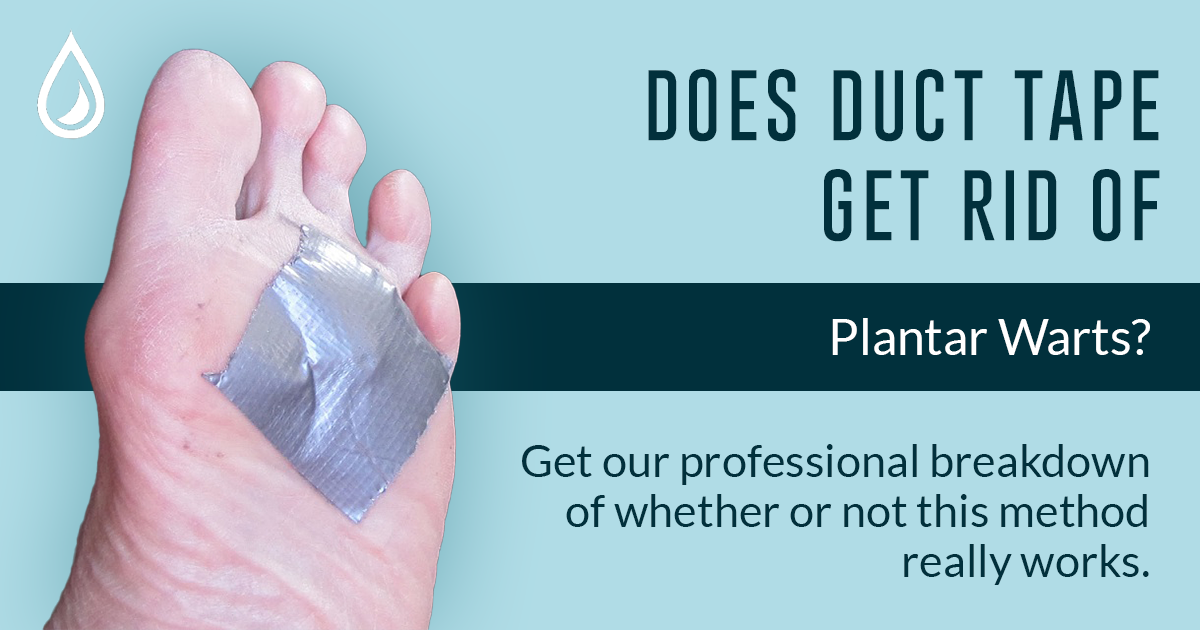 However, according to the American Academy of Dermatology (AAD), research conflicts on whether this approach is effective.
However, according to the American Academy of Dermatology (AAD), research conflicts on whether this approach is effective.
What can my doctor do about warts?
If your wart doesn’t respond well to at-home treatments, your doctor may be able to help. Remember, always see a doctor if you have diabetes and have warts on your feet.
Liquid nitrogen
Your doctor may freeze your wart with liquid nitrogen. This can be a bit painful but usually works well. More than one treatment may be required.
Freezing causes a blister to form under and around your wart. This lifts the wart away from the skin within about a week.
Surgery
Surgery is usually only considered if a wart hasn’t responded to other treatments. Your doctor can cut away your wart with a surgical knife or burn it with electricity. You’ll need to receive a shot of anesthetic first, and these shots can be painful. Surgery may also cause scarring.
There are ways to prevent warts or keep them from spreading to other parts of your body if you already have one. Follow these simple guidelines:
Follow these simple guidelines:
- Wash your hands regularly, especially if you’ve been in contact with someone with warts.
- Don’t pick at your warts.
- Cover warts with a bandage.
- Keep your hands and feet dry.
- Wear shower shoes (flip-flops) when in a locker room or communal bathing facility.
Warts generally aren’t dangerous, but they can be uncomfortable and sometimes painful. Many types respond to over-the-counter treatment, but it is best to make an appointment with a doctor if your wart changes in color, becomes painful, or if you suspect your wart may not be a wart.
Warts are contagious, but you can take precautions to keep from spreading or catching them, including washing your hands frequently and wearing shoes in communal locker rooms.
Types, Images, Treatment, and More
Warts are raised bumps on your skin caused by the human papillomavirus (HPV). They can be uncomfortable, contagious, and painful. There are home remedies, or you can see a medical professional for treatment.
Warts have plagued humans for thousands of years — they have been discovered on a 3,000-year-old mummy and were mentioned by Shakespeare.
There are five major types of warts. Each type appears on a different part of the body and has a distinct appearance.
Common warts
Share on PinterestCommon warts can develop on the palm of the hand. Goldsithney/Shutterstock
Common wartsusually grow on the backs of your fingers and toes and on the knees. But they can appear elsewhere.
They can have a rough, thick, grainy appearance and a rounded top. They may appear cauliflower-like. Common warts are often grayer than the surrounding skin.
They can range in size from 1 millimeter (mm) to 1 centimeter (cm) or larger, and can occur alone or in groups.
These warts are usually not serious or painful and can go away on their own.
Signs and symptoms of common warts can include:
- small bumps that can be hard, rough, and grainy
- flesh-colored bumps with small black spots of clotted blood vessels
- ability to spread to other areas through direct contact
Plantar warts
Share on PinterestPlantar warts occur on the sole of the foot. Dermatology11/Shuttertsock
Dermatology11/Shuttertsock
Plantar warts grow on the soles of the feet. Unlike other warts, plantar warts grow into your skin, not out of it.
You can tell you have a plantar wart if you notice what appears to be a small hole in the bottom of your foot that is surrounded by hardened skin. Plantar warts can make walking uncomfortable.
There are two types of plantar warts that can appear on the sole of the foot.
Myrmecial-type plantar warts
These warts are caused by HPV type 1. Signs and symptoms can include:
- deep, tender warts that grow inward due to standing or walking
- pain with direct pressure
- can feel like you are stepping on pebbles
- yellowish skin that appears callus-like
- can have black dots
Mosaic-type plantar warts
These warts are caused by HPV type 2. Signs and symptoms can include:
- small surface-level warts
- a mosaic pattern of multiple warts appearing in clusters
- less painful than myrmecial-type plantar warts
Flat warts
Share on PinterestFlat warts can develop on fingers. Ajazqureshi221/Shutterstock
Ajazqureshi221/Shutterstock
Flat warts, also known as juvenile warts, usually grow on the face, thighs, or arms. They are often caused by HPV types 3, 10, and 28.
They are small and not immediately noticeable. Flat warts have a flat top, as if they’ve been scraped. They can be flesh-colored, pink, brownish, or slightly yellow. They often grow in large groups of 20 to 200.
Flat warts are not typically painful and tend to appear in areas where there is a cut or break in your skin, such as from shaving your face or legs. They are also common in children and can be spread through direct contact.
Signs and symptoms of flat warts can include:
- small flat, round, or oval marks on the skin
- flesh-colored marks
- usually not painful
Filiform warts
Share on PinterestFiliform warts can occur on the eyelid. Image credit: Schweintechnik, 2008.
Filiform warts grow around your mouth or nose and sometimes on your neck or under your chin. They are contagious and can also spread to other parts of your body.
Filiform warts are small and shaped like a tiny flap or tag of skin. They can project off of your skin in thin, finger-like strands.
Filiform warts are the same color as your skin. They are typically painless unless they occur in a sensitive area like a fold in your skin.
Signs and symptoms of filiform warts can include:
- small growth that extends off of the skin
- flesh-colored flap
- quick growth
- usually not painful
Periungual warts
Share on PinterestPeriungual warts occur around the fingernails or toenails. Image credit: Med Oral Patol Oral Cir Bucal, 2019.
Periungual warts grow under and around the toenails and fingernails. They can be painful and affect nail growth.
They start small — about the size of a pinprick — but can grow larger and spread to other areas through direct contact. They may be rough to the touch and have a cauliflower-like appearance.
Signs and symptoms of periungual warts can include:
- rough growth around or under the nail
- painful when size increases
- split skin around nail
- appearance of nail and cuticle may be affected
Important information about genital warts
There are more than 100 types of HPV, the virus that causes warts.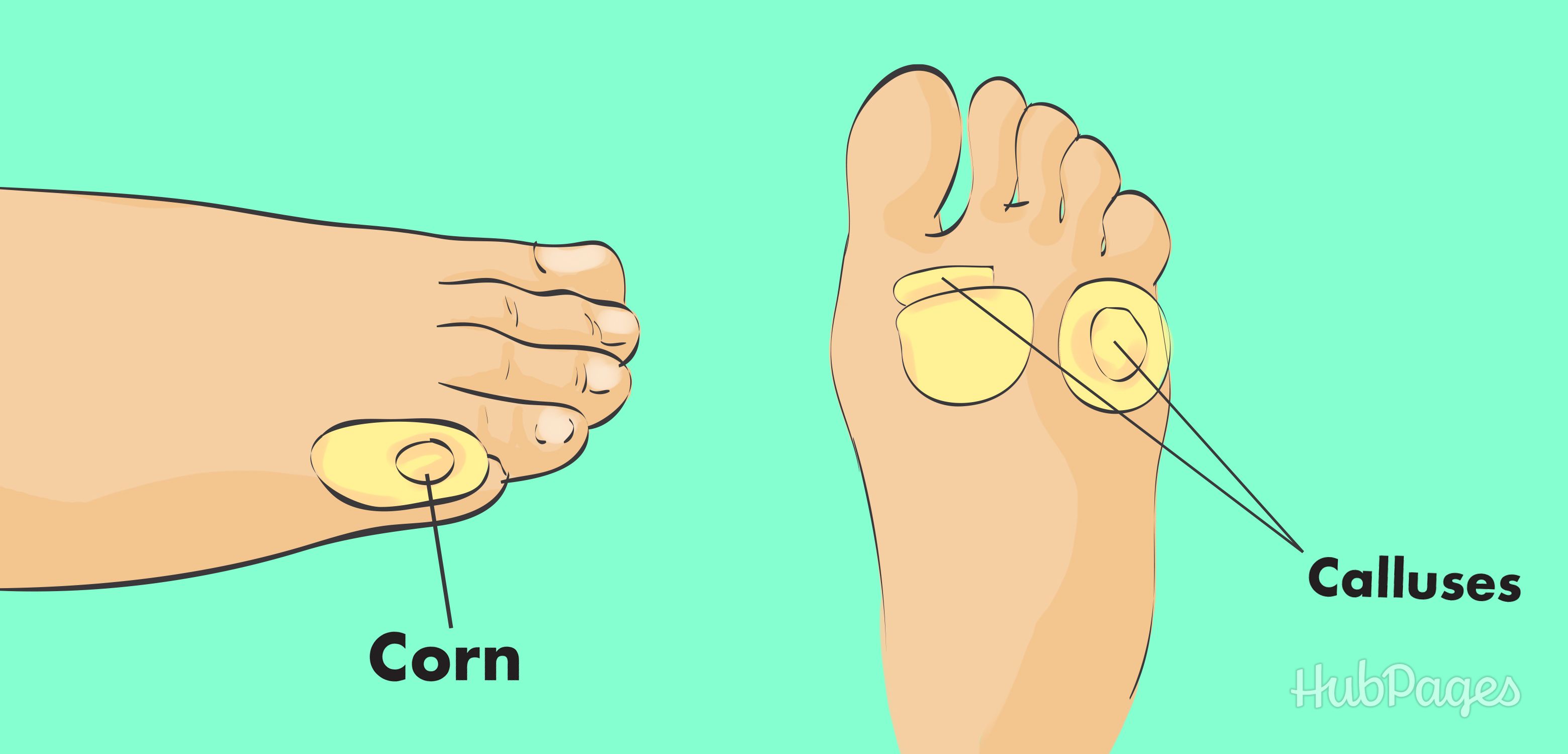 Almost all types of HPV cause relatively harmless warts that appear on your hands or feet.
Almost all types of HPV cause relatively harmless warts that appear on your hands or feet.
However, there are a few strains of HPV that cause warts on, in, and around your genitals. These warts are called “genital warts.” If you have a cervix, genital warts can eventually lead to cervical cancer, a potentially fatal disease.
If you think you have genital warts or think you have been exposed to them, you should see a doctor right away.
Was this helpful?
You should see a doctor if:
- You have warts on your face or another sensitive part of your body (e.g., genitals, mouth, nostrils).
- You notice bleeding or signs of infection, such as pus or scabbing, around a wart.
- The wart is painful.
- The color of the wart changes.
- You have warts and diabetes or an immune deficiency, such as HIV or AIDS.
If you need help finding a primary care doctor, then check out our FindCare tool here.
At-home treatment
Although warts usually go away on their own, they may be embarrassing or uncomfortable, so you may want to try treating them at home. Many warts respond well to treatments available at the drugstore.
Many warts respond well to treatments available at the drugstore.
Some things to remember include:
- You can spread warts to other parts of your body, and they are contagious to others. If a treatment requires that you rub the wart with a fingernail file or a pumice stone, don’t use that tool on any other part of your body, and don’t allow anyone else to use it.
- Don’t try to treat warts on your feet if you have diabetes. See your doctor. Diabetes can cause loss of sensation in your feet, so you can easily injure yourself without realizing it.
- Don’t try to remove warts on your face or another sensitive part of your body (such as your genitals, mouth, or nostrils) with at-home treatments.
Freezing treatments
Some over-the-counter treatments spray concentrated cold air (a mixture of dimethyl ether and propane) onto your wart. This kills the skin and allows you to scrape away the surface of the wart.
These treatments are a good choice if you want to try to remove a wart quickly, but they aren’t strong enough to remove all warts.
Treatments and patches containing salicylic acid
You must use these products every day, often for a few weeks. They’ll work best if you soak the wart in water for about 15 minutes before you apply the treatment and follow the directions on the package.
Duct tape
Some people have had success treating warts with duct tape. The process involves:
- covering the wart with a small piece of duct tape for several days
- soaking the wart
- rubbing the wart to remove the dead skin
This approach can take several rounds of treatments to work. However, according to the American Academy of Dermatology (AAD), research conflicts on whether this approach is effective.
What can my doctor do about warts?
If your wart doesn’t respond well to at-home treatments, your doctor may be able to help. Remember, always see a doctor if you have diabetes and have warts on your feet.
Liquid nitrogen
Your doctor may freeze your wart with liquid nitrogen. This can be a bit painful but usually works well. More than one treatment may be required.
This can be a bit painful but usually works well. More than one treatment may be required.
Freezing causes a blister to form under and around your wart. This lifts the wart away from the skin within about a week.
Surgery
Surgery is usually only considered if a wart hasn’t responded to other treatments. Your doctor can cut away your wart with a surgical knife or burn it with electricity. You’ll need to receive a shot of anesthetic first, and these shots can be painful. Surgery may also cause scarring.
There are ways to prevent warts or keep them from spreading to other parts of your body if you already have one. Follow these simple guidelines:
- Wash your hands regularly, especially if you’ve been in contact with someone with warts.
- Don’t pick at your warts.
- Cover warts with a bandage.
- Keep your hands and feet dry.
- Wear shower shoes (flip-flops) when in a locker room or communal bathing facility.
Warts generally aren’t dangerous, but they can be uncomfortable and sometimes painful. Many types respond to over-the-counter treatment, but it is best to make an appointment with a doctor if your wart changes in color, becomes painful, or if you suspect your wart may not be a wart.
Many types respond to over-the-counter treatment, but it is best to make an appointment with a doctor if your wart changes in color, becomes painful, or if you suspect your wart may not be a wart.
Warts are contagious, but you can take precautions to keep from spreading or catching them, including washing your hands frequently and wearing shoes in communal locker rooms.
Regional Dermatovenerological Dispensary, Lipetsk
Plantar warts – unpleasant growths on the skin of the sole of the foot. The most common cause of the disease is the human papillomavirus.
Direct infection occurs in public places where people often walk without shoes. These are numerous fitness clubs, swimming pools, water parks, saunas and baths. Plantar warts are highly contagious. This explains their high prevalence.
It is worth noting that the incubation period for plantar warts can be several years. So you don’t know what time you got infected.
Contributes to the formation of plantar warts frequent wearing of tight shoes and poor foot hygiene, excessive sweating of the feet, diabetes mellitus, flat feet. In addition, numerous warts are a sign of a sharp decrease in immunity. What do plantar warts look like?
In addition, numerous warts are a sign of a sharp decrease in immunity. What do plantar warts look like?
In principle, plantar warts are in many ways similar to common corns. Usually these are small growths or defects in the skin, similar to small sores. If you look closely, you will see the growth of the papillae of the skin, like tentacles. Both single and multiple warts can occur. They occur on any part of the sole.
It is especially unpleasant when they are on the skin of the supporting areas of the foot, that is, the places on which our foot rests while walking. Also quite painful warts located between the toes.
The main symptoms of the disease are pain and discomfort when walking. In addition, the presence of the described formations on the sole is indisputable evidence. Dermatologists are involved in the diagnosis and treatment of plantar warts. However, it is worth noting that in some cases it occurs on its own without treatment.
The treatment of warts depends on the depth of the process. So, in cases of superficial warts, hydrogen peroxide treatment, external ointments (colhalamine, fluorouracil, solcoderm), podophyllin suspension, salicylic acid are used in the treatment.
So, in cases of superficial warts, hydrogen peroxide treatment, external ointments (colhalamine, fluorouracil, solcoderm), podophyllin suspension, salicylic acid are used in the treatment.
Deeper sites require removal of the warts either mechanically (scrapping with a Volkmann spoon or using a surgical scalpel) or with a laser or radio waves. Freezing of warts with liquid nitrogen is also used, cauterization of warts by electrocoagulation.
When a wart is removed, the material must be sent for histology . There is also a method of immunotherapy, when the wart is chipped with immunostimulants that allow our body to fight the human papillomavirus. However, the main disadvantage of this type of treatment is the pain of the procedure.
You can also use numerous folk remedies against warts. Treat warts with fresh milkweed juice, a mixture of salt with horseradish, a mixture of salt, saltpeter and vodka, apply raw potatoes, raw meat, etc. However, it is still not recommended to engage in independent removal of warts using folk methods, since this is dangerous for the development of complications and malignancy of warts.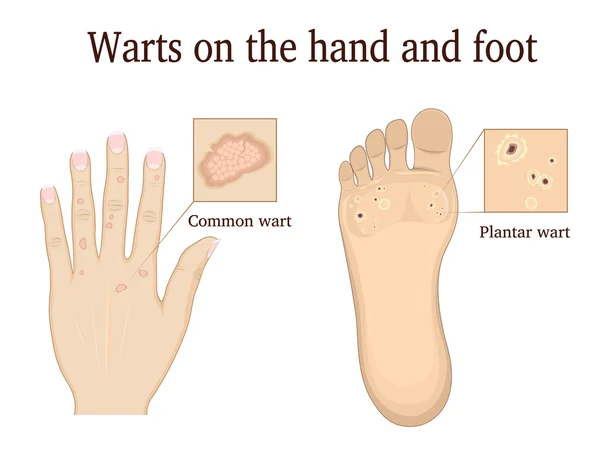
removal of warts on the legs in the clinic, prices for surgeon services in Moscow
home
Directions
Surgeon
Wart removal
Warts on legs
Warts on the feet are considered the most contagious of all types of skin growths.
Every year more and more such diseases are recorded. Why? The thing is that infection, as a rule,
takes place in public places where people are often without shoes (this can be swimming pools, steam rooms and
saunas, army barracks).
Humid environment only contributes to the development of growths, as the surface cells of the epidermis soften
and the human papillomavirus (it is he who causes warts in general) enters the body. In some cases, infection occurs
when using general hygiene products or footwear. By the way, on the beach you can not be afraid of infection, as the papillomavirus
dies quickly when exposed to direct sunlight.
How does the virus develop?
Usually, it can take many months (or even years) from the moment of direct infection to the appearance of warts on the legs.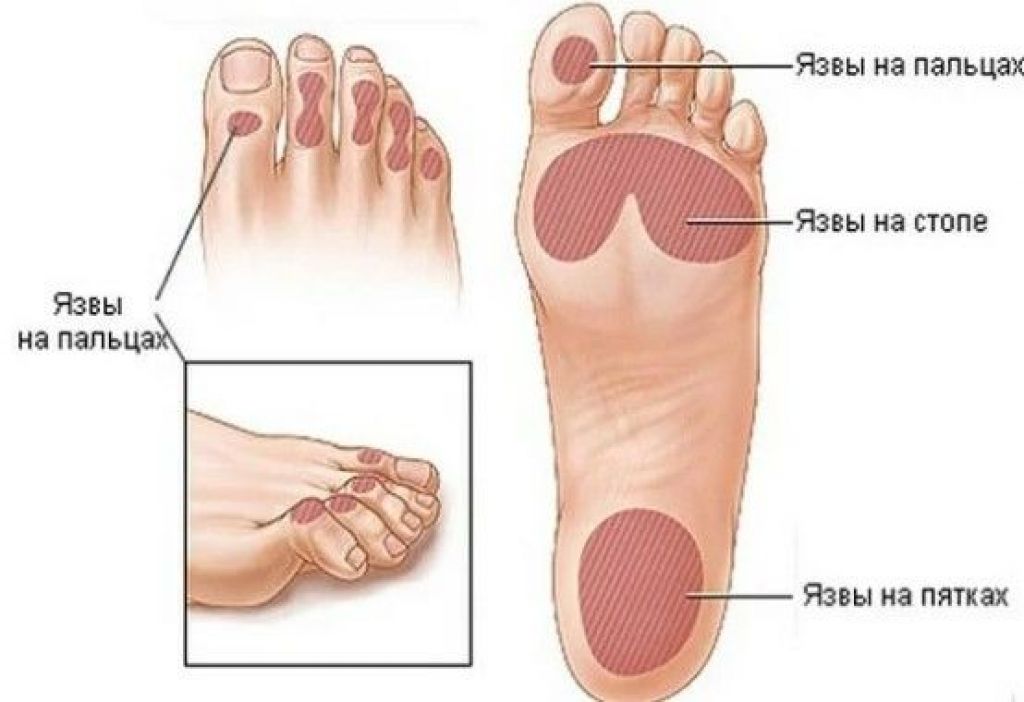
When a person’s immunity decreases (as a result of illness or stress), the virus manifests itself, and benign formations appear on the skin.
In some cases, plantar warts do not require special treatment. Warts can go away without any treatment
within 2-3 years. But if they cause pain to the owner or begin to spread over the entire sole, you need to contact a specialist. Remember
it is much easier to treat several small warts than groups of large skin benign neoplasms.
How is the removal of warts on the legs?
Skin growths on the legs are considered one of the most intractable, so they can stubbornly resist all manipulations.
This is why most treatments require patience, persistence, and often repetition.
- Freezing (liquid nitrogen or other substances). Please note that despite its effectiveness and lack of traces, the procedure
freezing can be extremely painful, the blisters will of course go away on their own after a few days, but painless removal
warts on the legs with the help of freezing certainly cannot be called.
- Cantharidin is a substance that is extracted from the spanish fly. A liquid solution (based on salicylic acid) is treated
benign neoplasms. However, some patients experience pain and
blisters. The skin heals within 1-2 weeks. After treatment of the growths with a solution, a bandage is necessarily applied. Doctors advise
additionally use salicylic patches after the procedure, this will help reduce the likelihood of recurrence. - Activation of the body’s natural defenses. There is no single treatment regimen in this case, the final decision is made by the doctor. For example, in
the tissue can be injected with the drug interferon, which increases the activity of the immune system. In some cases, it is advisable to introduce into the body
an antigen that also has a stimulating effect. Interferon therapy can lead to the onset of cold symptoms within a few
hours after injection. By the way, it is worth noting that the introduction of both interferon and antigen are relatively painful operations.
- Excision of the skin. When removing warts on the legs, this method is usually resorted to last, because there is a big risk
scarring that will interfere with the person. - It is possible to use amiquinod, a drug that is actively used to treat skin diseases caused by infections. Under the influence
amiquinode, the human body begins to independently produce proteins of the immune system (the so-called cytokine), which neutralize the papillomavirus.
This treatment method can lead to significant inflammation at the site of use (around the growth) and tissue injury. If this happened
treatment is definitely stopped. The use of the drug can also cause characteristic flu-like symptoms, which disappear with time when the dose is reduced. - Laser removal. An effective method, which, however, has a number of weaknesses. After using the laser, papillomavirus-infected tissue
quickly dies off, and the neoplasm falls off. The main disadvantage is that the treatment can cause pain (both during the operation and after)
and leave scars.

 g., genitals, mouth, nostrils).
g., genitals, mouth, nostrils).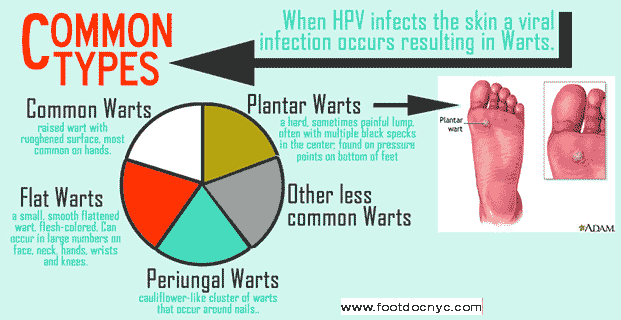 Diabetes can cause loss of sensation in your feet, so you can easily injure yourself without realizing it.
Diabetes can cause loss of sensation in your feet, so you can easily injure yourself without realizing it.